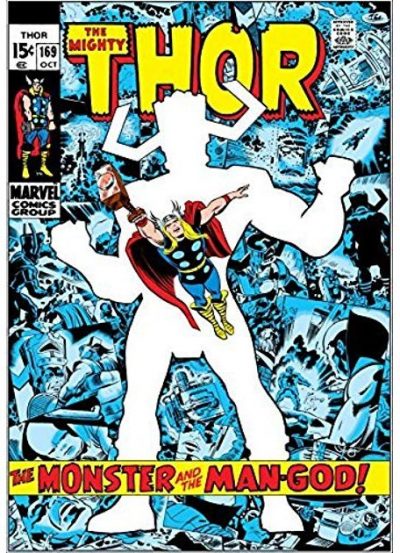
Witching Hour #5 (Oct.-Nov., 1969)
In 1969, Alex Toth had been a professional comic book artist for over two decades; but prior to the summer of that year, I’d never seen his work. That’s because I didn’t start buying comics until the summer of 1965, and the work that Toth was producing at that time only appeared in Warren Publishing’s black-and-white horror comics and in DC Comics’ romance titles, both of which were beyond my ken (though for different reasons) as an eight-year-old lad. And then, approximately one year after my own initiation into comic books, Toth left the industry (though, thankfully, only temporarily) to go work in TV animation. Read More





